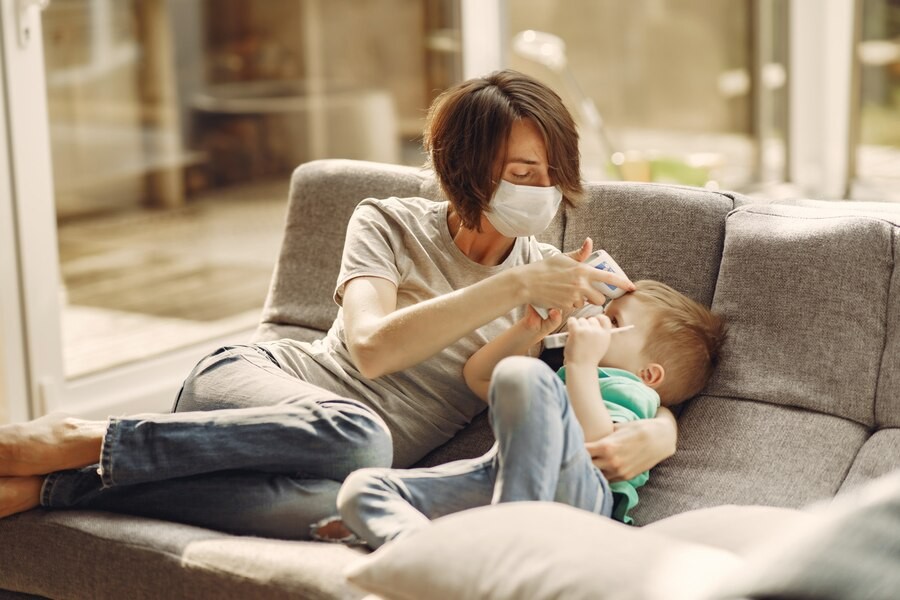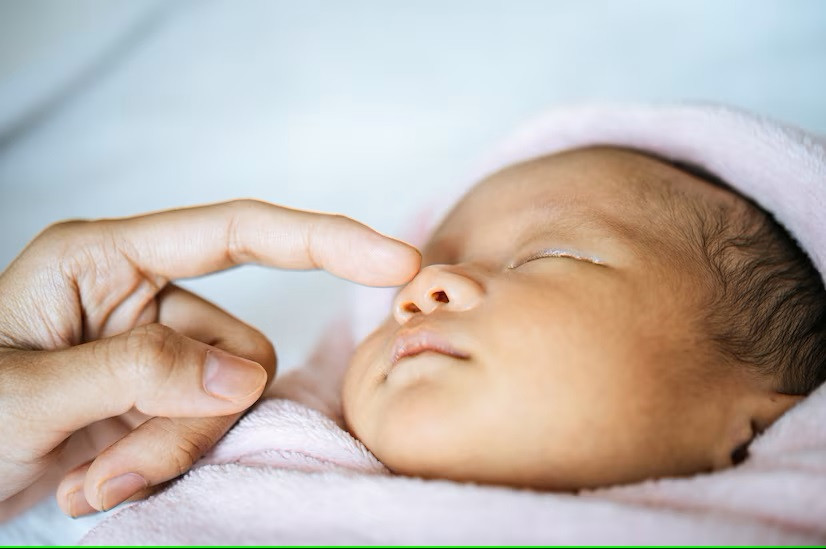Febrile seizures are a common cause of concern for parents, especially those who have never encountered them before. These seizures typically occur in children between the ages of 6 months and 5 years, often when the child has a fever. While febrile seizures usually last from a few seconds up to 15 minutes, they are often followed by drowsiness or confusion.
Since febrile seizures can occur suddenly and without warning, they can understandably cause a lot of anxiety for parents. But knowing what to do in the event of a febrile seizure can help you stay calm and provide the necessary care.
What is a Febrile Seizure?
A febrile seizure is a type of convulsion triggered by a sudden increase in body temperature, typically above 38° Celsius. Unlike seizures caused by neurological conditions like epilepsy, febrile seizures are simply the body's reaction to fever.
The most common trigger for febrile seizures is infection. Infections that often lead to febrile seizures include upper respiratory infections, ear infections, and viral illnesses like influenza or roseola.
Febrile seizures are divided into two main categories:
Simple Febrile Seizures
Simple febrile seizures are the most common type and usually last less than 15 minutes—sometimes just a few seconds to 1-2 minutes. These seizures do not repeat within 24 hours and tend to affect the entire body, causing jerking or stiffening movements.
Complex Febrile Seizures
Complex febrile seizures are longer in duration, often lasting more than 15 minutes. They can occur more than once in 24 hours and may begin in one part of the body before spreading to other areas, or they may be confined to just one side of the body.
First Aid for Febrile Seizures
If your child experiences a febrile seizure, it's essential to stay calm and follow these important steps:
- Move your child away from potential hazards, such as sharp furniture or hard objects that could cause injury during the seizure.
- Gently place your child on their side to reduce the risk of choking, especially if they vomit or have excessive drooling.
- Never put spoons, fingers, or any objects into your child’s mouth during a seizure, as this can cause harm to their teeth or mouth.
- Avoid trying to hold or restrain your child’s movements, as this can result in muscle or joint injuries.
- Pay attention to how long the seizure lasts. The length of the seizure is critical information that will help the doctor determine the next steps for treatment.
- Never offer food or liquids during the seizure, as this could pose a choking hazard.
For most simple febrile seizures, self-care is usually enough, and you may not need to seek immediate medical attention. However, if it's your child’s first seizure, or if you are concerned about the cause of the fever, it’s important to consult a doctor right away.
To help lower your child’s fever, you can apply a lukewarm compress to their forehead, armpits, or groin. Fever-reducing medications, such as paracetamol or ibuprofen, can be given according to the recommended dosage, but only after your child regains full consciousness.
You should immediately seek emergency medical care if the seizure lasts longer than 5 minutes, your child remains unconscious after the seizure, there are breathing difficulties following the seizure, the seizure is restricted to just one side of the body, and your child develops concerning symptoms, such as a stiff neck, rash, or persistent vomiting.
If you need more information or have concerns about febrile seizures, you can consult a healthcare professional through the Ai Care app, available for download on the App Store or Play Store. The app provides quick access to trusted medical advice anytime, anywhere.
Looking for more information about pregnancy, breastfeeding, women's and children's health? Click here!
- dr Nadia Opmalina
Better Health Channel. Fever - febrile convulsions. Available from: https://www.betterhealth.vic.gov.au/health/conditionsandtreatments/fever-febrile-convulsions#first-aid-for-febrile-convulsions
usan Matesanz, MD & Marissa Di Giovine, MD, FAAP (2023). Seizure First Aid for Children. Available from: https://www.healthychildren.org/English/health-issues/conditions/seizures/Pages/Seizure-First-Aid-for-Children.aspx
Mayo Clinic (2023). Febrile seizure. Available from: https://www.mayoclinic.org/diseases-conditions/febrile-seizure/symptoms-causes/syc-20372522
National Institute of Neurological Disorders and Stroke (2024). Febrile Seizures. Available from: https://www.ninds.nih.gov/health-information/disorders/febrile-seizures












